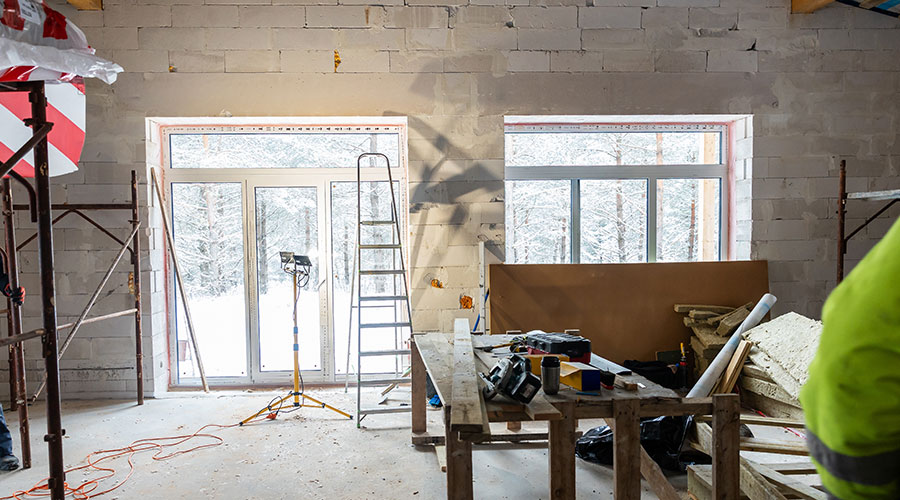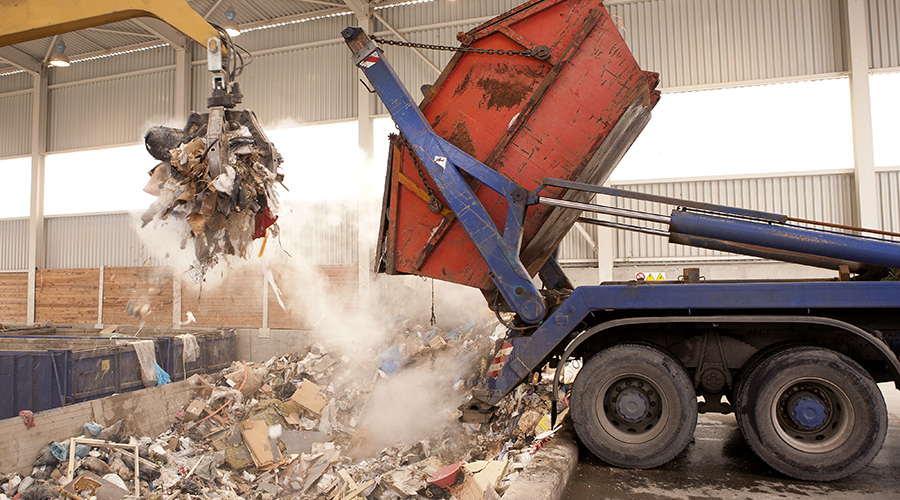Why Every Facility Needs a Zero-Waste Audit
Many waste and recycling haulers require sources and/or process information before they accept a waste stream.
Another major proponent of zero-waste audits is identifying what type of waste your facility produces and where it is coming from.
“Without this fundamental information, you are not in a position to make informed decisions as to how to adjust practices and processes to avoid generating waste and manage that which can’t be eliminated,” says Johnson.
Not only is it good practice, but many waste and recycling haulers require sources and/or process information before they accept a waste stream.
“They are very protective of the quality of their processes and products and to avoid contamination with unwanted materials,” says Johnson.
The types of waste streams that require management depend largely on the type of facility being managed, whether it is an office building, warehouse, health care facility, manufacturer or hotel.
Manufacturing waste, for example, may include off-spec materials, scrap such as metal, off-cuts and over-purchased materials. Packaging and distribution waste may be excess packaging, pallets, shrink wrap or foam inserts. Some facilities also generate regulated wastes, such as hazardous (paint, solvents, caustic chemicals) or bio-hazardous wastes (sharps, body fluids) that require separation from solid waste and strict management standards that are required by regulation. Office waste often includes things like paper, cardboard, electronic waste and food waste.
“This variability is exactly why zero-waste audits are so critical to a successful program, as the waste generated in a factory is very different that waste generated in an office building,” says Johnson.
A team effort
Implementation is the last step of a zero-waste audit, and often the most challenging stage. Change management can be difficult, and some pieces of the puzzle are out of the manager’s control.
Griffith recalls a large 12-story facility he worked with to better manage the waste room, which was piled with trash up to the ceiling. The organization’s process was to bring all that trash downstairs, drop it out of carts on the floor, and then have someone else pick it up off the floor to be put into another cart and taken outside.
It’s easy to identify the inefficiency in this process, but when asked why they did it that way the answer was simple: That’s the way they had been doing it for 20 years.
“Over time, that room doesn’t even exist anymore,” says Griffith. “We gave them the right tools … those frontline staff workers, their voice wasn’t loud enough to help their bosses know what tools they needed to do their job correctly. With a lot of TLC and a lot of communication, a lot of teams holding stakeholder meetings, we were able to fix all of that.”
Johnson adds that achieving zero waste requires education and training on the role each team member plays in meeting that goal. While facility managers can directly control waste generated from their operation and management of the facility, they likely don’t have control of every waste stream and management decision throughout the organization.
“For your best probability of success, a facility manager should consider convening a team of stakeholders, such as building owner, key tenants, waste hauler, to plan and execute their zero-waste audit and program,” he says.
Amy Wunderlin is a freelance writer based in Fort Atkinson, Wisconsin.
Related Topics:













